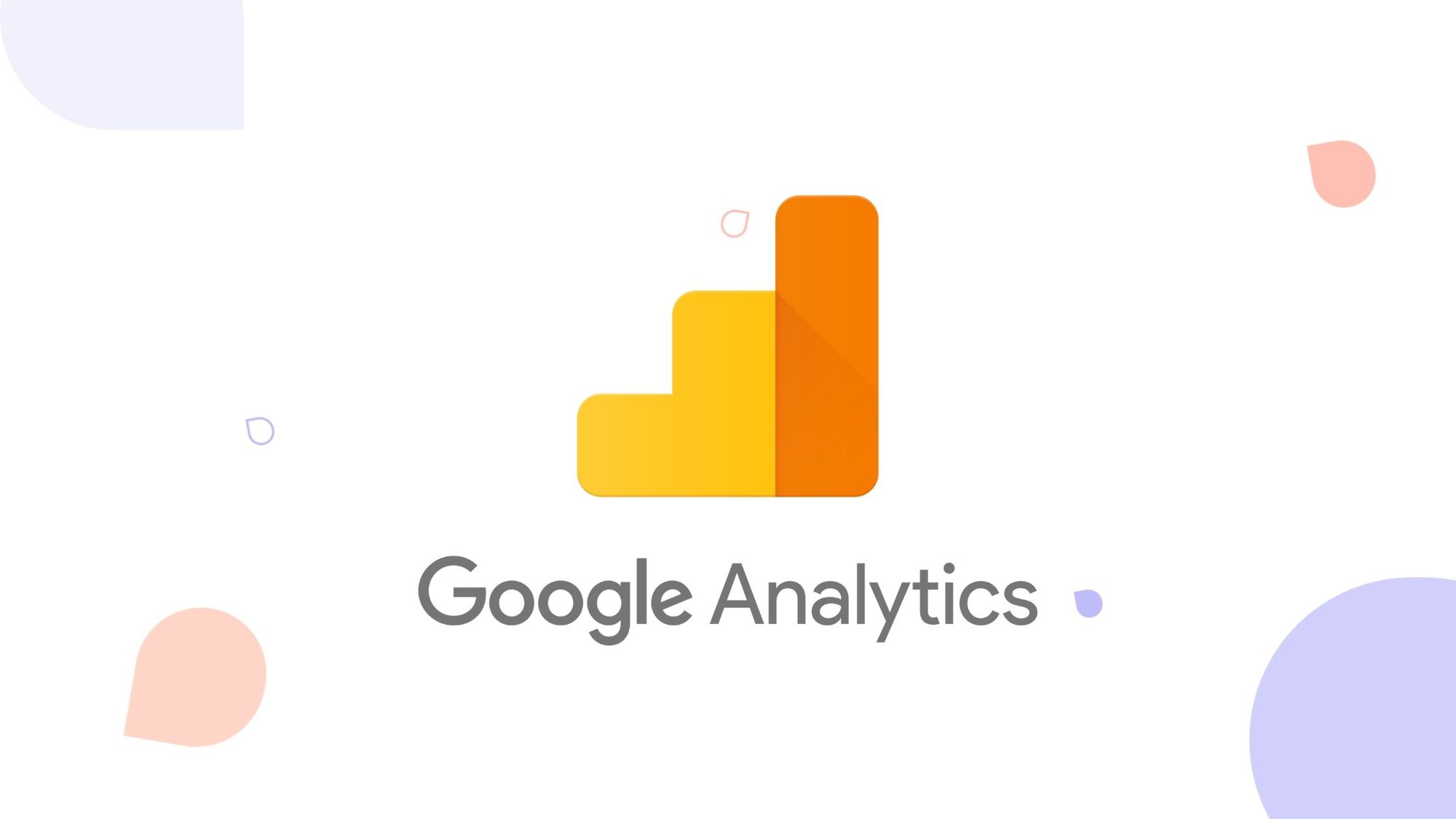Master Site Insights With Accurate Google Analytics Tracking Code
The efficient application of Google Analytics hinges on the precise application of its monitoring code, an essential action often ignored by site owners. This relatively simple JavaScript bit, when appropriately positioned, becomes the backbone of information collection, offering insights into individual habits and website performance. However, challenges can arise throughout arrangement, possibly skewing the data and resulting in mistaken decisions. Understanding these complexities is essential for making best use of the benefits of analytics. What are the usual risks that could threaten your monitoring initiatives, and how can you make sure precision in your approach?
Understanding Google Analytics Basics
Google Analytics is a crucial tool for site owners and online marketers, supplying important understandings into user behavior and web site efficiency. At its core, Google Analytics accumulates data concerning site visitors to an internet site, permitting individuals to evaluate metrics such as traffic resources, individual engagement, and conversion rates. Recognizing these basics is important for enhancing a web site's efficiency and improving customer experience.
The platform employs cookies to track interactions, taping information such as web page sights, session durations, and bounce rates. This info is accumulated and offered with personalized control panels, enabling users to imagine fads over time. Secret efficiency indicators (KPIs) can be monitored, such as the total variety of customers, new versus returning visitors, and the geographic distribution of the target market.
Furthermore, Google Analytics offers division functions, allowing users to separate specific web traffic resources or individual demographics for more targeted evaluation. By mastering these foundational elements, internet site proprietors can make informed choices regarding material strategy, marketing campaigns, and total site renovations. Eventually, understanding Google Analytics essentials is vital for leveraging data to drive growth and achieve company objectives successfully.
Establishing Your Monitoring Code

Copy the provided tracking code and paste it into the HTML of your website. This makes sure that the monitoring code lots before any various other content, allowing it to catch information accurately.
After installation, verify that the tracking code is working properly by utilizing Google Tag Aide or the Real-Time reports in Google Analytics - when does the google analytics tracking code send an event hit to analytics?. This action is important to validate that your information collection is exact and active, establishing the structure for informative analysis
Usual Monitoring Code Issues
Several internet site owners come across typical issues with their Google Analytics tracking code that can hinder data collection and evaluation. One widespread problem is improper installation. This may happen when the monitoring code is put in the incorrect section of the web site's HTML, typically bring about insufficient or missing information. Additionally, having multiple circumstances of the monitoring code on a solitary page can cause filled with air metrics, as individual interactions may be counted more than when.
One more issue emerges from the use of advertisement blockers, which can stop the tracking code from executing altogether, therefore skewing information. when does the google analytics hop over to these guys tracking code send an event hit to analytics?. In addition, failing to set up filters correctly can lead to the exemption of vital web traffic sources click over here now or the incorporation of undesirable referral spam, misshaping the data gathered
Internet site owners might additionally forget the significance of monitoring code updates, specifically when moving to Google Analytics 4 (GA4) from Universal Analytics. Last but not least, not enough testing prior to releasing modifications can result in undetected errors in the tracking code, additionally complicating data reliability. Dealing with these typical concerns is essential for making sure accurate tracking and informative analytics.
Studying Site Information Successfully
Exact data collection is just the primary step in leveraging Google Analytics; the real value depends on effectively assessing that information to drive educated decision-making. To achieve this, it is necessary to determine essential performance signs (KPIs) that line up with your service goals. Emphasis on metrics such as conversion prices, individual interaction, and website traffic resources, as these will offer understandings into user habits and the overall performance of your internet site.
Using Google Analytics' division functions enables a deeper understanding of your audience. By breaking down data into certain demographics, behaviors, and web traffic networks, you can discover trends and patterns that notify targeted methods. Carrying out custom-made reports and control panels can improve this process, allowing fast access to important information.
Additionally, regularly assessing data trends gradually helps to identify anomalies and chances for read review renovation. Make use of visualization devices to present information in an easily absorbable layout, assisting in more efficient communication with stakeholders. Ultimately, the capability to analyze web site information properly equips companies to make calculated decisions that improve user experience, optimize advertising initiatives, and drive development.

Ideal Practices for Accurate Monitoring
Applying efficient tracking methods is important for getting trusted information in Google Analytics. To ensure exact monitoring, start by properly installing the Google Analytics tracking code on every page of your internet site. This can be completed through a tag manager or by directly installing the code into the HTML.
Next, configure your Google Analytics account to exclude interior web traffic. This can be done by establishing filters that recognize and eliminate gos to from your company's IP address, thereby protecting against skewed data. Additionally, make use of occasion monitoring to monitor certain customer interactions, such as downloads or video clip plays, which standard page views may neglect.
Consistently audit your tracking setup to validate that all attributes, such as objectives and ecommerce monitoring, are working appropriately. Develop a regular naming convention for your projects and events to promote easier coverage and evaluation.
Finally, take into consideration leveraging UTM criteria for projects to gain understandings into the efficiency of different advertising and marketing efforts. By complying with these best practices, you can improve the accuracy of your data collection and analysis, eventually resulting in even more informed decision-making for your website.
Verdict
Accurate execution of the Google Analytics tracking code is vital for understanding site insights. By ensuring the tracking code is correctly positioned and frequently audited, site proprietors can capture important individual interaction data, hence helping with the recognition of vital efficiency indicators. Reliable analysis of this data, incorporated with adherence to best practices, enables notified decision-making and the optimization of on the internet approaches. Inevitably, a durable tracking structure enhances the capacity to drive engagement and boost general internet site performance.

Inadequate screening before launching adjustments can result in unseen mistakes in the monitoring code, even more making complex information dependability.Implementing efficient monitoring methods is crucial for acquiring trusted data in Google Analytics. By making certain the monitoring code is correctly positioned and frequently examined, website owners can capture important individual interaction data, therefore assisting in the identification of key performance indications.